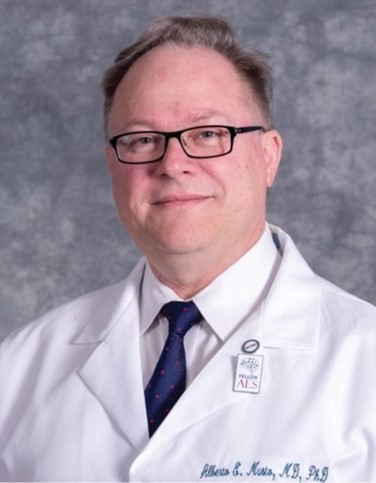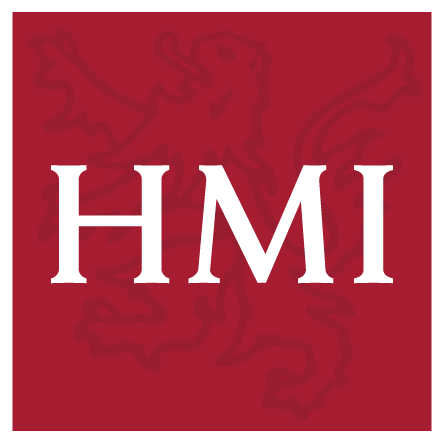Think about how you would approach a seemingly unsolvable problem with no straightforward solution. If someone asked you for the solution to climate change, health inequities, or the rise in e-cigarette usage among teenagers, where would you start? Before we can find answers to complex challenges, we must first ask the right questions. We must think critically about how these issues have become so profound. We must also think creatively to generate potential solutions.
The practice of asking questions is an effective way to promote the type of critical and creative thinking needed to solve complex problems, especially those inherent in healthcare and now heightened in an era of AI. Unfortunately, even though active learning strategies can improve problem-solving and understanding of complex issues, medical and health professions educators still hesitate to employ active learning strategies like promoting student questions. Instead, lectures often remain the norm and deep learning is sacrificed as a result.
This concern is especially valid for medical and health professions education, which has remained largely unchanged for far too long. Practicing medicine is undeniably complex. Too often learners are taught to simply memorize facts, a practice that does not promote achievement of learning outcomes in medical education. The rise of technology and third-party study materials has significantly altered how learners acquire and master course content. However, the fundamental approach remains the same: learners congregate for lectures, study the material on their own, and take exams to demonstrate their knowledge. Although subject matter expertise will always be important, active learning methods can impart that same knowledge while also promoting critical and creative thinking skills in ways that mere memorizing cannot achieve. One such method involves encouraging and training learners to generate and evaluate their own questions.
Creative thinking helps us imagine possibilities that may not be obvious and develop solutions that have never been previously conceived. Critical thinking helps us evaluate the quality and value of those new ideas as well as data, evidence, and other information that may inform our solution. Critical and creative thinking must be employed together to effectively consider new perspectives, question assumptions, and contemplate implications of decisions. Providing high quality healthcare to our patients depends on practitioners drawing on their ability to employ critical and creative thinking skills while integrating their subject matter expertise. If this type of thinking is a goal of health professions education, our teaching methods need to align accordingly.
The Question Formulation Technique (QFT) effectively enhances the critical and creative thinking skills that health professions learners need to navigate complex challenges in their practice and their lives. Questioning strategies can also promote the dispositions essential for future critical and creative thinking. These mindsets are just as crucial as the skills themselves, because the ability to think critically and creatively hinges on these foundational dispositions. Known as intellectual traits, critical thinking dispositions include intellectual integrity, intellectual perseverance, fairmindedness, and intellectual courage. Consider, for instance, how curiosity, intellectual humility, open-mindedness, empathy, courage, compassion, and reflection contribute to human development, – as well as the successful work of any healthcare practitioner.
The QFT is an active learning strategy that embodies the principles of learner-centered education. It fosters critical thinking, deepens understanding of course content, promotes curiosity, and cultivates the skills and dispositions that educators strive to develop in their students. In the upcoming second installment of this two-part blog post series, we will illustrate with practical examples how these concepts are applied in a didactic setting and preview a study examining the efficacy of QFT in medical and health professions education. The future of healthcare depends on how well we prepare our future clinicians to think critically and creatively and ask the right questions.
Did you know that the Harvard Macy Institute Community Blog has had more than 450 posts? Previous blog posts have explored topics including shaping the future of medical education through data-driven learning, anatomy e-learning modules, and how to become the residency faculty you would have wished for.

Nancy Van Erp, PhD, MA, MA (Educators ‘24) is an assistant professor and director of Curriculum at Mayo Clinic College of Medicine and Science. HMI has made an impact on Nancy’s career by connecting her with inspiring leaders and activators in medical education Nancy’s areas of professional interest include active learning, critical thinking, and human flourishing. Nancy can be followed on LinkedIn or contacted via email.

Joseph Carton, BS is a medical student at Eastern Virginia Medical School. Joseph’s areas of professional interests include mentoring, clinical skills teaching, and interdisciplinary education. Joseph can be contacted via email.

Alberto E. Musto, MD, PhD, FAES (Educators ’19) is an Associate Professor in Biomedical and Translational Sciences and Neurology at the Macon and Joan Brock Virginia Health Science Center Eastern Virginia Medical School at Old Dominion University. HMI has made an impact on Alberto’s career by applying educational leadership and building community with HMI colleagues and students. Alberto’s areas of interest are neuroscience translational research, mentorship, and critical thinking. Alberto can be followed on LinkedIn or contacted via email.
HMI Staff


